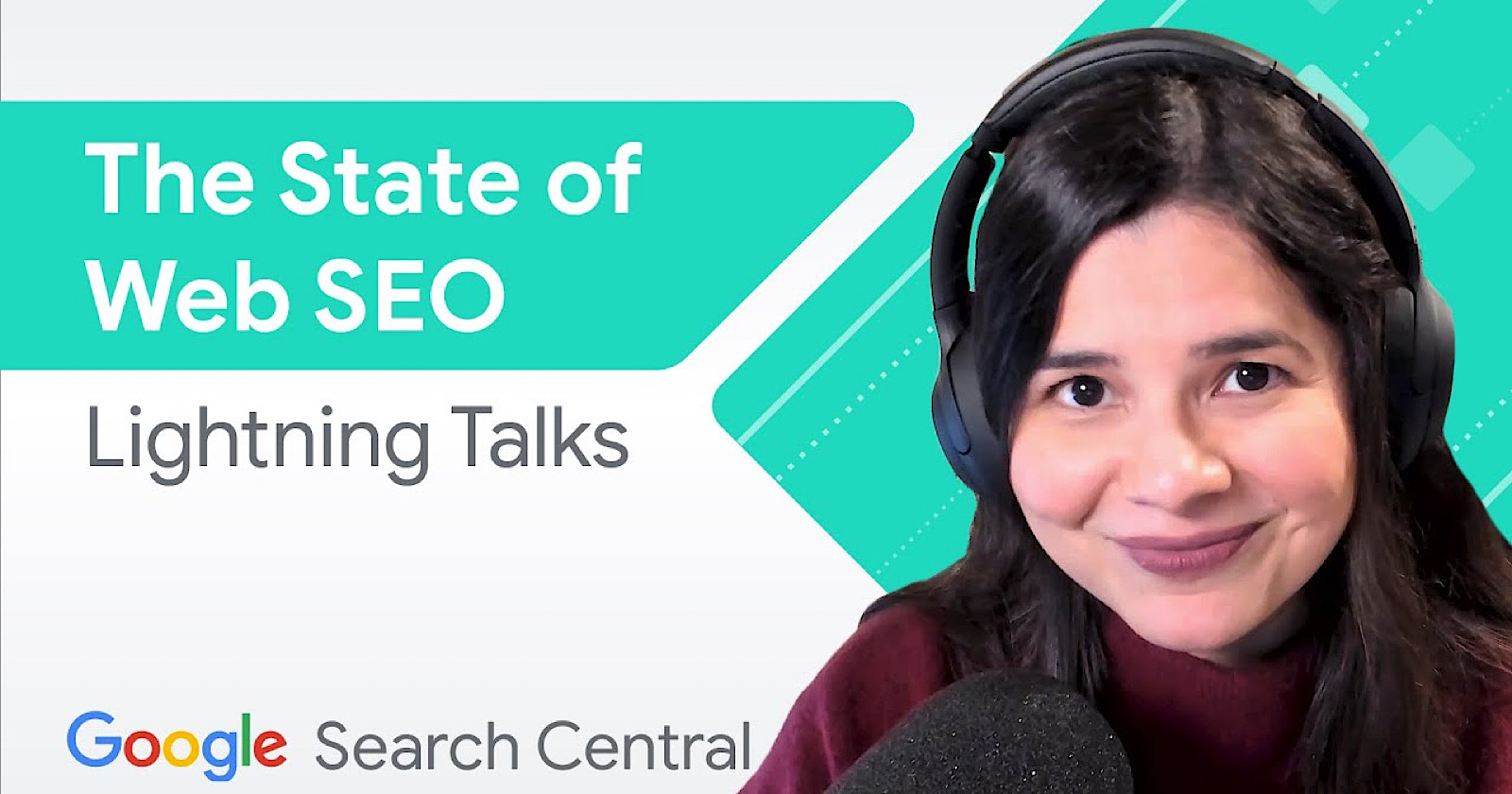A video in Google’s Lightning Talks series, titled the state of web search engine optimization, presents data on how websites are following standard SEO practices.
Aleyda Solis, SEO consultant and founder of Orainti, joins Lightning Talks as a guest presenter as she goes over the main learnings from the SEO chapter of the 2020 Web Almanac.
The Web Almanac is a comprehensive report on the state of the web, which is backed by data and trusted experts.
Solis authored the SEO chapter of the 2020 Web Almanac, along with Michael King and Jamie Indigo.
Here are key findings from the SEO chapter, which aims to identify main elements and configurations that play a role in a website’s organic search engine optimization.
It’s important to note data is primarily gathered by analyzing the home pages of websites, and all stats refer to mobile pages.
Highlights From the SEO Chapter of the Web 2020 Almanac
Crawlability and Indexability
In 2020:
- 75% of websites had a valid robots.txt versus 72% in 2019.
- A rel=“canonical” tag was found on 53% in 2020, versus 48% in 2019.
- Of the canonical tags discovered, 45% were self referential and 8.5% pointed to a different URL.
Content Trends
In 2020:
- The median page had 348 words, compared 306 words in 2019.
- 99% of pages had a title tag, versus 97% in 2019.
The median title tag length is 6 words/38 characters, which is up from 20 characters in 2019. - 68% of pages had a meta description, up from 64% of pages in 2019.
- The median length of a meta description was 19 words and 138 characters, which is under 160 characters as recommended by SEO best practices.
- The median page had 67 total links, of which 54 were internal links. Down 10% from 2019.
- The median page had 6 external links, compared to 8 in 2019.
- 30% of pages had a rel=“nofollow attribute.
- Less than 0.3% of pages used the new rel=“ugc” or rel=“sponsored” tags.
Advertisement
Continue Reading Below
The increase in median word count is not necessarily an indication that more content is better. What’s most important, Solis says, is to satisfy user search needs with comprehensive and helpful information.
A reduction in the amount of internal links on pages might suggest sites are not maximizing their ability to improve crawling efficiency and link equity flow in the way they did the year before.
The decrease in the amount of external links on pages suggests websites are more careful when linking out to other sites, which could be either to avoid passing link equity or to avoid sending users to other sites.
Advertisement
Continue Reading Below
Structured Data
In 2020,
- JSON-LD was the preferred structured data format, appearing on 30% of pages.
- 39% of pages put structured data in raw HTML.
- 40% of pages put structured data in the renderDOM, which relies on search engines’ JavaScript rendering capabilities.
- AggregateRating structured data (review stars) was used on 24% of pages, despite guidelines stating it should not be used on home pages.
- Usage of VideoObject structured data grew 28%.
- Usage of FAQ page markup grew 3,000%.
- Usage of HowTo markup grew 623%.
- Usage of QApage markup grew 192%.
Data Related to Google’s Page Experience Update
In 2020:
- 20% of pages met Google’s Core Web Vitals thresholds.
- 73% of pages have adopted HTTPS, up 10% from 2019.
- 43% of pages have a viewport meta tag with the right configuration.
- 11% of pages do not use the viewport meta tag at all, suggesting they may not be mobile-friendly yet.
- 83% of pages use responsive features.
Data in the 2020 edition of the Web Almanac is based on the analysis of 7.5 million websites. It also includes data from Lighthouse and Chrome UX reports.
Advertisement
Continue Reading Below
For more, see the full video below:


